Your electric rickshaw batteries are failing sooner than expected, causing costly downtime. This unpredictable expense hurts your profits, disrupts operations, and damages your reputation with customers.
Electric rickshaw battery life is measured in charge cycles, not just years. A lead-acid battery lasts 300-500 cycles (1-2 years in commercial use), while a lithium (LiFePO4) battery offers 1,500-2,000+ cycles (4-6 years), making it a better long-term investment.
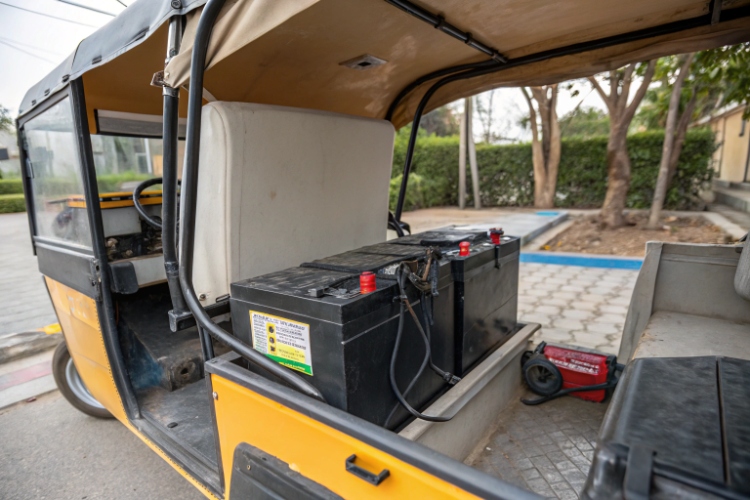
As a factory, the number one question we get after price is about the battery. It's the heart of the vehicle and the biggest long-term operational cost. I've seen many importers focus only on the upfront vehicle price, but the real cost of ownership is hidden in the battery. A cheap battery that needs replacing every year will cost you far more in money and lost business than a quality one that lasts. To make the right choice for your fleet, you need to understand the fundamentals.
How long does a typical electric rickshaw battery last under daily commercial use?
You budget for a battery to last several years, but find yourself replacing it annually. This constant, unplanned expense makes it impossible to predict the true profitability of your vehicles.
Under daily commercial use, a standard lead-acid battery pack lasts 1 to 2 years (around 300-500 full charge cycles). A good quality lithium iron phosphate (LiFePO4) battery lasts much longer, typically 4 to 6 years (1,500-2,000+ cycles).
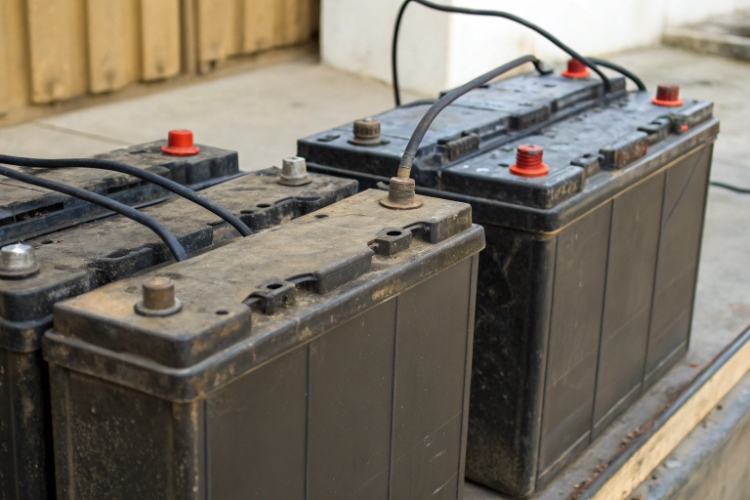
The most important concept to understand is "cycle life." One cycle is one full charge and discharge. If you use your rickshaw for deliveries all day and charge it every night, that's one cycle per day, or about 300-350 cycles per year. This is very different from personal use, where someone might only charge their vehicle twice a week. That's why we always talk about cycles, not just years. For a commercial operator, the difference between battery types is huge. A lead-acid battery might get you through the first year, but a lithium battery is an investment for the vehicle's entire operational life.
| Batareya turi | Typical Cycle Life | Estimated Lifespan (Daily Commercial Use) |
|---|---|---|
| Sealed Lead-Acid (SLA) | 300 - 500 cycles | 1 - 1.5 years |
| Lithium Iron Phosphate (LiFePO4) | 1,500 - 2,000+ cycles | 4 - 6+ years |
What factors have the biggest impact on battery lifespan?
You have two identical vehicles in your fleet, but one battery dies a year before the other. This inconsistency makes maintenance planning a nightmare and leaves you wondering what you're doing wrong.
The biggest factors that shorten battery life are extreme heat, consistently heavy loads, poor charging habits (like frequent deep discharging), and hilly terrain. High temperatures are the number one enemy of any battery, especially lead-acid.
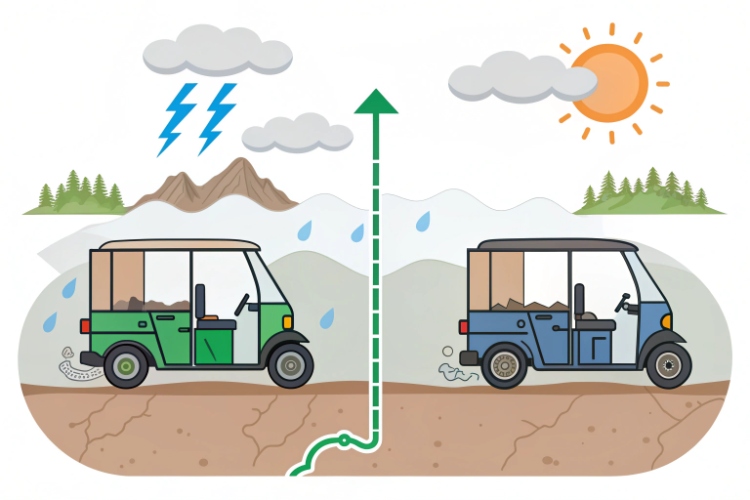
A battery's lifespan isn't fixed. How you use the vehicle every day determines how many cycles you'll actually get. I've seen clients in hot, hilly cities like in parts of Colombia replace batteries much faster than clients in cooler, flatter areas like parts of Vietnam.
Here are the key things to manage:
- Heat: High ambient temperatures degrade battery chemistry faster. If your vehicles operate in a hot climate, a lithium battery with better thermal stability is a much safer bet. Lead-acid batteries suffer badly in the heat.
- Load: The heavier the cargo, the more strain on the battery. A rickshaw used for light parcel delivery will have a longer battery life than one hauling heavy construction materials or multiple passengers. This is a simple physics problem.
- Charging Habits: Don't drain the battery to 0% every day. This is called deep discharging, and it severely damages the battery. It's better to top it off when it reaches 20-30%. Also, always use the correct charger we provide to avoid overcharging.
- Terrain: Constantly driving up steep hills demands a lot more power, which heats the battery and shortens its life.
What replacement options are available, such as lead-acid and lithium?
Your rickshaw's battery is dead and you need a replacement fast. But choosing the wrong option means you'll be facing the same problem, and the same cost, again next year.
Your two main replacement options are Lead-Acid and Lithium Iron Phosphate (LiFePO4). Lead-acid is cheaper upfront but is heavy and has a short life. LiFePO4 is more expensive initially but is lighter, safer, and lasts 4-5 times longer.
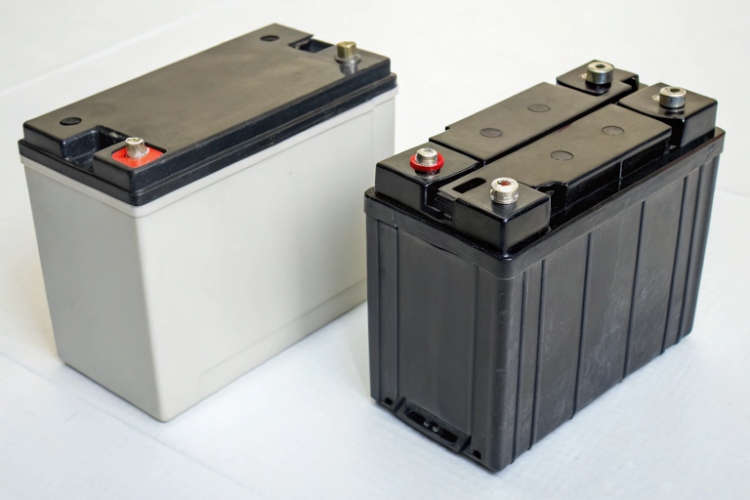
When it's time to replace, you have a critical business decision to make. Many of my first-time buyers from markets like Peru or the Philippines start with lead-acid because the initial vehicle cost is lower. However, the successful fleet owners almost always switch to lithium for their replacement batteries and future orders. They quickly learn that the real cost is in downtime and frequent technician labor. Here's a direct comparison to help you decide.
| O'ziga xos xususiyat | Qo'rg'oshin kislotasi batareyasi | Litiy (LIFEPO4) batareya |
|---|---|---|
| Boshlang'ich narx | Past | High (2-3x Lead-Acid) |
| Umrbod | 300-500 Cycles | 1,500-2,000+ Cycles |
| Vazn | Juda og'ir | Yorug'lik (og'irligi taxminan 1/3) |
| Parvarishlash | Requires regular checks | Maintenance-Free |
| Ijro etish | Voltage drops under load | Stable power output |
| Long-Term Value | Kambag'al | Juda yaxshi |
The weight difference is also a huge performance factor. A lighter lithium battery means the vehicle can carry more cargo or achieve a longer range on a single charge.
How can importers or fleet owners choose the most cost-effective battery type for long-term operation?
You are focused on getting the lowest possible purchase price for your vehicles. This short-term thinking can blind you to the much higher operational costs that will hit your business later.
To choose the most cost-effective battery, calculate the Total Cost of Ownership (TCO). Do this by dividing the battery's price by its expected number of charge cycles. This gives you a "cost per cycle," which shows that lithium is almost always cheaper long-term.
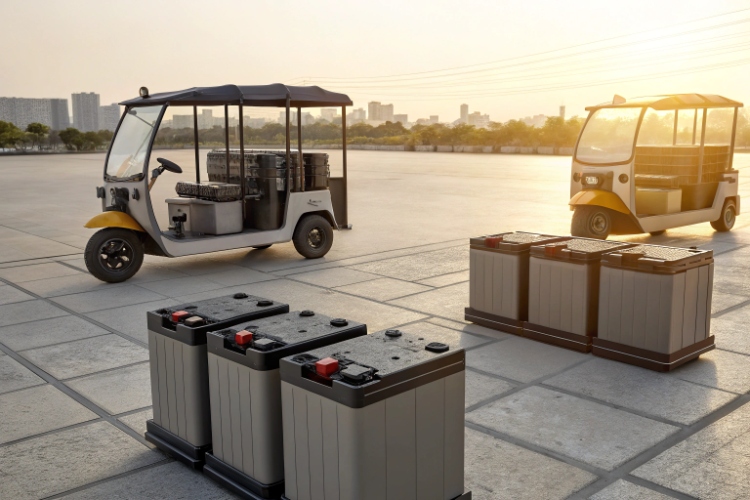
Smart business owners don't just look at the price tag; they look at the value over time. TCO is the best way to do this for batteries. It's a simple calculation that reveals the true cost.
Let's use a real-world example:
-
Lead-Acid Battery Pack:
- Narxi: $ 400
- Expected Lifespan: 400 cycles
- Cost per Cycle: $400 / 400 cycles = $1.00 per cycle
-
Lithium (LiFePO4) Battery Pack:
- Narxi: $1000
- Expected Lifespan: 1,600 cycles
- Cost per Cycle: $1000 / 1600 cycles = $0.63 per cycle
In this scenario, the lithium battery is almost 40% cheaper to run over its lifetime, and this calculation doesn't even include the cost of labor for replacing the lead-acid battery three extra times or the business lost due to vehicle downtime. For any serious commercial operation, the numbers clearly show that investing in lithium upfront saves a lot of money down the road.
Xulosa
Choosing the right battery is about long-term value, not short-term price. Understanding cycle life and calculating the Total Cost of Ownership are essential for running a profitable electric rickshaw business.

